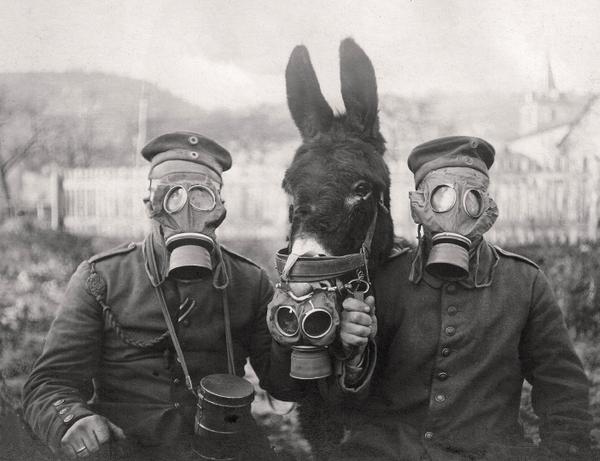Animals of war have been a core part of military campaigns for hundreds of years. Even during the Spanish Armada’s attempted attack on Britain, they brought horses with them. But few animals are rewarded or honoured for their contribution and sacrifice to the war effort.
Now, one Victoria Cross medal that had been awarded to British cavalry member Private Thomas Byrne who fought in 1898 at the battle of Omdurman in Sudan, and is thought to be the last major cavalry charge by British forces, is to be put on sale via auction.
The film and play ‘War Horse’ has made the role of horses in war more widely understood. It is set during World War One and shows how terrible conditions were for both the men and animals who went to war.
During World War One horses would be sold off to the army in large numbers, but very few ever came back. Around 500,000 horses were called for during the war and were used to transport military equipment and supplies.
Even the United States became involved in providing horses for the conflict in Europe, and over three years from 1914 about 1000 horses were shipped to the UK every day. If they survived the journey across the Atlantic they would then be put into training and sent on to the frontline or to support ground forces throughout France.
It wasn’t only horses that supported the Allied armies. Around 80,000 donkeys and mules were also recruited, along with about 50,000 camels, 11,000 oxen and thousands of dogs and messenger pigeons.
Even though mules and donkeys were slower than horses they can carry far more weight and were easier to maintain. So they became very popular among Allied troops. Their downside was that they were fairly noisy and tended to bray during the night, which meant that they easily revealed troop positions to the enemy. To remedy the problem many mules had their vocal cords removed in a surgical procedure.
The cavalry would use horses to get to the frontline then dismount and take up arms against the enemy on foot. Shire horses were mainly used for transportation since they can shift huge amounts of equipment, the Express reports.
Records show that on one single day during fighting around 7000 horses died on both the Allied and German sides due to long-range shelling.
